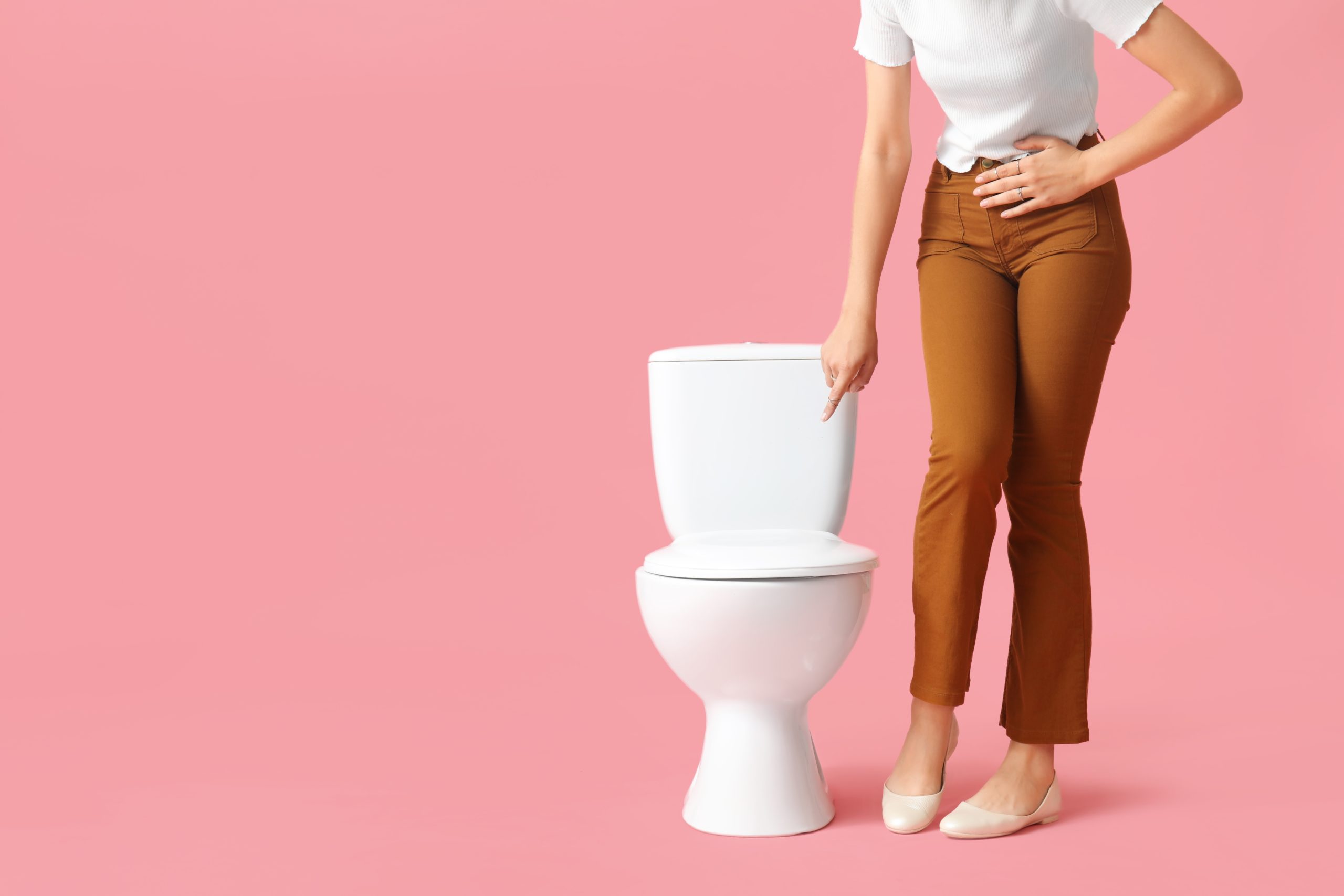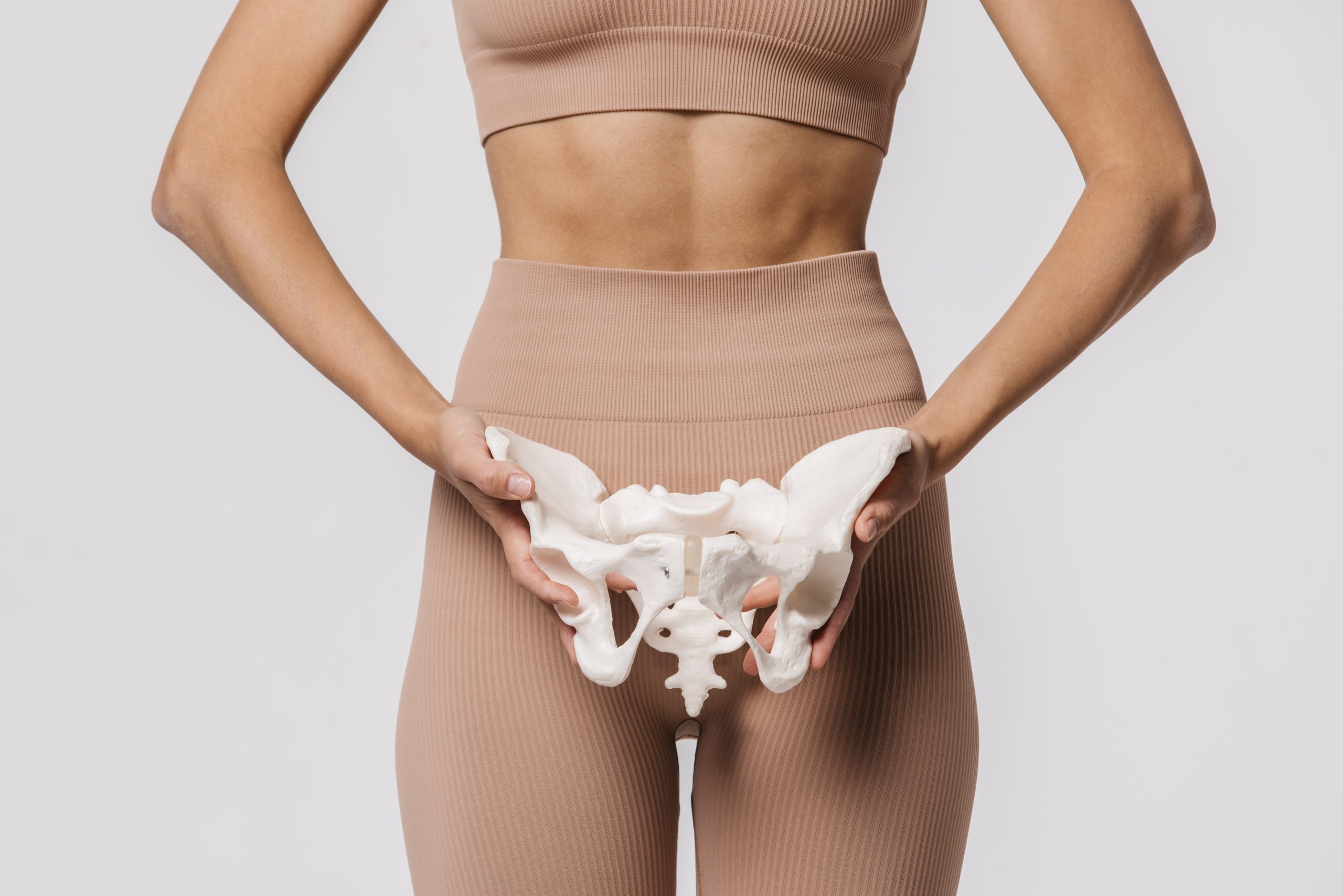
What Is Stress Incontinence?
Stress Incontinence
Stress incontinence (also called stress urinary incontinence) occurs when the bladder leaks urine during events that involve increased abdominal pressure, such as physical activity or exertion. It may happen when you cough, sneeze, laugh, exercise, change positions, strain, or lift a heavy item.
Causes
Stress incontinence occurs when the tissue that supports the urethra becomes weak. This includes two main sets of muscles:
- – The pelvic floor muscles support the bladder and urethra. Urine flows from the bladder through the urethra to be excreted from the body.
- – The sphincter is a muscle around the opening of the bladder squeezes to prevent urine from leaking through the urethra (outside of urination, such as during exercise).
When either of these muscles become weak, urine can pass when pressure is placed on the bladder. This can be noticeable with events such as when you:
- – Cough
- – Sneeze
- – Laugh
- – Exercise
- – Change positions (e.g., stand up from a seated position)
- – Strain
- – Lift something heavy
- – Have sex
Weakened pelvic floor muscles or sphincter muscle may be caused by:
- – Childbirth
- – Trauma or injury to the urethra and/or surrounding area
- – Pelvic surgery
- – Prostate surgery (in men)
- – Being overweight
- – Certain medications
- – Or the cause may be unknown
Stress incontinence is common in women, primarily because of certain contributing factors that increase the risk:
- – Pregnancy
- – Vaginal delivery
- – Pelvic organ prolapse
Delivering a baby can cause nerve and/or tissue damage in the pelvic area, which can lead to pelvic organ prolapse months or years after delivery.
To learn more about pelvic organ prolapse, check out the following links:
- – 6 Myths About Pelvic Organ Prolapse
- – What You Need to Know About Uterine Prolapse
- – Cystocele and Rectocele Repair: Everything You Need to Know
Visit our blog for additional information on pelvic organ prolapse.
Symptoms
The primary symptom of stress incontinence is leakage of urine with events that involve increased abdominal pressure, such as those mentioned above in the “Causes” section.
Diagnosis
A urogynecologist is a specialist that is trained to treat pelvic conditions including stress incontinence. Click here to read more about urogynecology and what a urogynecologist is.
Your health care provider will perform a physical examination, which may include a genital exam for men, pelvic exam for women, and rectal exam. Testing may be recommended by your health care provider and may include:
- – Cystoscopy to look inside the bladder.
- – Post void residual (PVR) to measure the amount of urine left behind in the bladder after urination.
- – Urinalysis and/or urine culture to check for urinary tract infection or other abnormalities.
- – Voiding diary to track your urinary habits, leakage, and fluid intake.
- – Cough stress test, where the individual will stand with a full bladder and cough.
- – Urodynamic study to measure pressure and urine flow, i.e., to assess voiding ability.
- – Other imaging studies including pelvic or abdominal ultrasound, or x-ray to look at the kidneys and bladder.
Treatment
Stress incontinence treatments will depend on how severe or bothersome an individual considers their symptoms to be. There are both non-surgical and surgical treatment options available but not all options are considered “good” options for everyone. Your health care provider can help you find out which options are best suited for you and develop a management strategy tailored to fit your needs. These may include:
1. Behavioral or lifestyle changes
- – Monitor your fluid intake. Normal daily fluid intake of all fluids (e.g., water, coffee, tea) does not need to exceed 6-8 cups of fluid in 24 hours, unless otherwise specified by a health care provider. Exceptions to this fluid intake recommendation include certain medical conditions and in events that involve excessive sweating, such as exercise or being outdoors in the heat.
- – Avoid constipation as this can potentially worsen urinary incontinence.
- – Quit smoking to reduce coughing and bladder irritation. Smoking also significantly increases your risk for bladder cancer and quitting can lower your risk.
- – Avoid foods and beverages that can irritate the bladder and potentially worsen your symptoms. These include alcohol, acidic beverages such as coffee or tea, spicy foods, citrus.
- – Lose weight or maintain a healthy weight.
- – If you have diabetes, maintain good control of your blood sugar.
2. Pessary
These are insertable transvaginal devices for women that can be taken out as often as desired based on the individual’s preference. There are different shapes and sizes available. Trying pessaries is like trying on shoes, your health care provider will likely try more than one pessary until the right shape and size has been chosen for you.
3. Pelvic floor physical therapy
There are different ways to strengthen the pelvic floor muscles and sphincter muscle, but the key component is working with a specially trained pelvic floor physical therapist. They can fully evaluate the problem and help with exercises and therapies targeted specifically for your needs. They may use a variety methods to help, such as:
- – Biofeedback, which can help you learn to identify and control your pelvic floor muscles
- – Kegel Exercises, which can help keep the sphincter muscle around the urethra strong and working well to help you from leaking.
4. Surgery
Some people choose to start with non-surgical options before considering surgery while others prefer to go straight to surgery. Surgical options may include bulking agent injections or a sling procedure. The recommended surgical procedures will be determined based on past medical and surgical history, severity of the incontinence, testing, and the individual’s preference.
Prognosis
Getting better takes time, so try to be patient. Symptoms often improve with non-surgical management strategies, but some people may need a combination of therapies or surgery to be relieved from their symptoms.
Treatment may not work as well if you have:
- – Conditions that prevent healing or make surgery more difficult
- – Other pelvic or urinary problems
- – Past surgery that did not work
- – Poorly controlled diabetes
- – Neurologic disease
- – Previous history of radiation therapy to the pelvis
Stress incontinence may get in the way of social activities, careers, and relationships. It also may lead to:
- – Embarrassment
- – Isolation
- – Depression or anxiety
- – Loss of productivity at work
- – Loss of interest in sexual activity
- – Sleep disturbances
Get Help
If stress incontinence is bothering you and interfering with your life, schedule a consultation today. Dr. Peter Lotze and his team are here to help you gain back your freedom from stress incontinence and live your best life.
Please contact our office directly to schedule an appointment, or if you have questions. We have office locations in both Houston, TX, and The Woodlands, TX.
- – Houston Medical Center office address: 7900 Fannin Street, Suite 4000, Houston, TX 77054
- – The Woodlands office address: 9180 Pinecroft Drive, Suite 250, Shenandoah, TX 77380 (Professional Building #4)
Connect With Us
Be sure to check our blog regularly for new posts, and follow us on Facebook and Instagram @PeterMLotzeMD for health and wellness tips and more!



